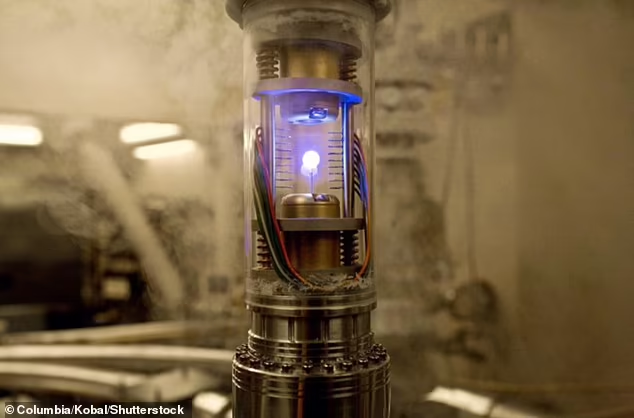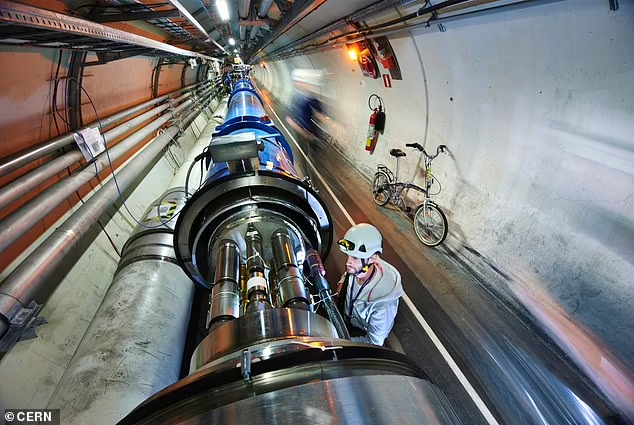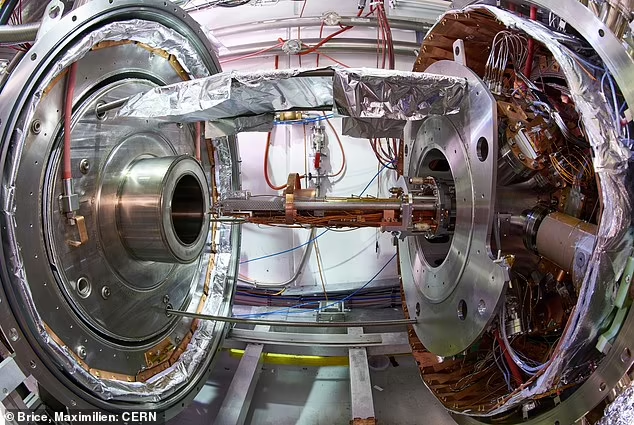At an astonishing price of $62 trillion (£49 trillion) per gram, antimatter holds the title of the most expensive material on Earth. However, even with unlimited funds, obtaining just one gram may be impossible as antimatter is so rare it may not exist naturally in any usable quantity.
Unlike precious metals or gems, antimatter can’t be mined or extracted from the Earth. It must be painstakingly created atom by atom—a process that could take billions of years to produce even one-tenth of a gram.
Antimatter, often described as the “mirror image” of regular matter, behaves like its opposite. When matter and antimatter meet, they annihilate each other, releasing vast amounts of energy. This annihilation makes antimatter incredibly unstable and expensive to store and study.
All observable matter is made up of particles like protons, neutrons, and electrons. For every matter particle, there’s a corresponding antimatter particle with the opposite charge—for instance, protons (positive) have antiprotons (negative). In theory, antimatter could form entire planets or galaxies similar to those made of regular matter.
NASA scientist Harold Gerrish estimated in 1999 that one ounce of antimatter would cost $1.75 quadrillion due to its immense production and energy requirements. However, modern estimates suggest the cost could be even higher. According to CERN particle physicist Professor Michael Doser, producing one nanogram of antimatter costs as much as one kilogram of gold—making one gram worth $5.24 quadrillion (£4.16 quadrillion).
Antimatter is constantly being created in small amounts around us, such as during the decay of radioactive potassium found in bananas. These decays produce antimatter particles, but they’re annihilated almost instantly by surrounding matter, making them difficult to capture or study.
To generate antimatter on demand, scientists at CERN use large particle accelerators to collide protons at extremely high speeds into iridium blocks. About one in every million collisions produces both a particle of matter and its antimatter counterpart. However, even these massive efforts yield only minuscule amounts.
CERN researchers are currently testing a method of using magnetic “bottles” to transport antimatter outside the lab for research. So far, they’ve only managed to transport 70 regular matter protons—a far cry from even a nanogram of antimatter.
Why invest so much effort into creating such a difficult and costly material? Antimatter holds the key to unraveling one of the universe’s biggest mysteries. Scientists believe that at the universe’s birth, equal amounts of matter and antimatter were created and should have annihilated each other completely. However, a small surplus of matter remained, forming the universe we see today.
This imbalance suggests a possible difference between matter and antimatter that goes beyond their opposite charges. Alternatively, it may be that regions of the universe filled with antimatter exist but are hidden beyond our current observation. Solving this mystery could transform our understanding of the universe and its origins.















